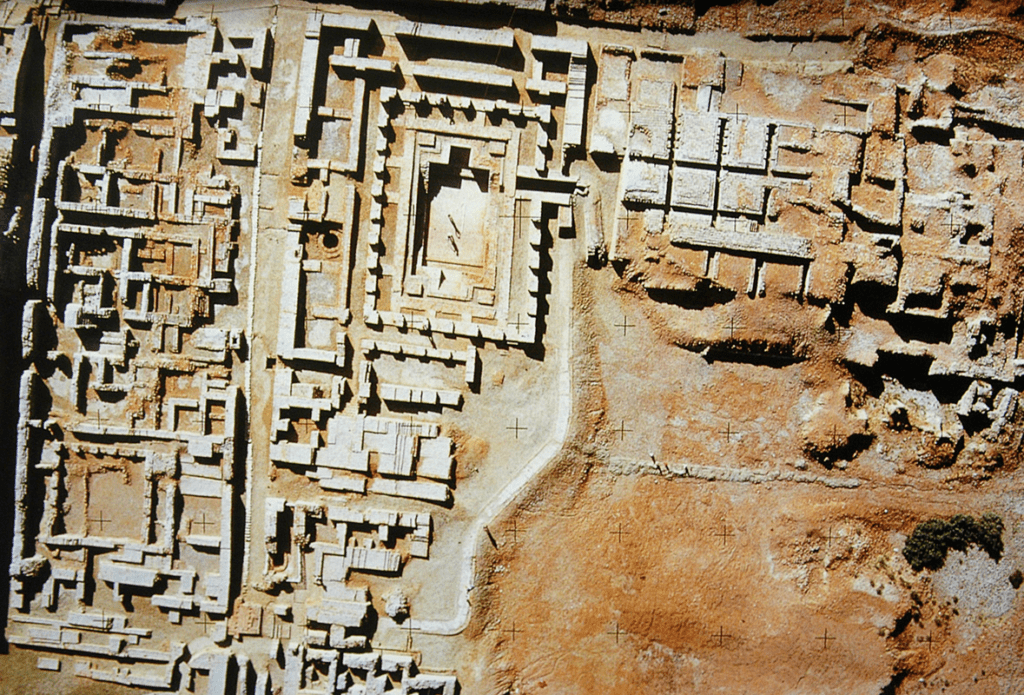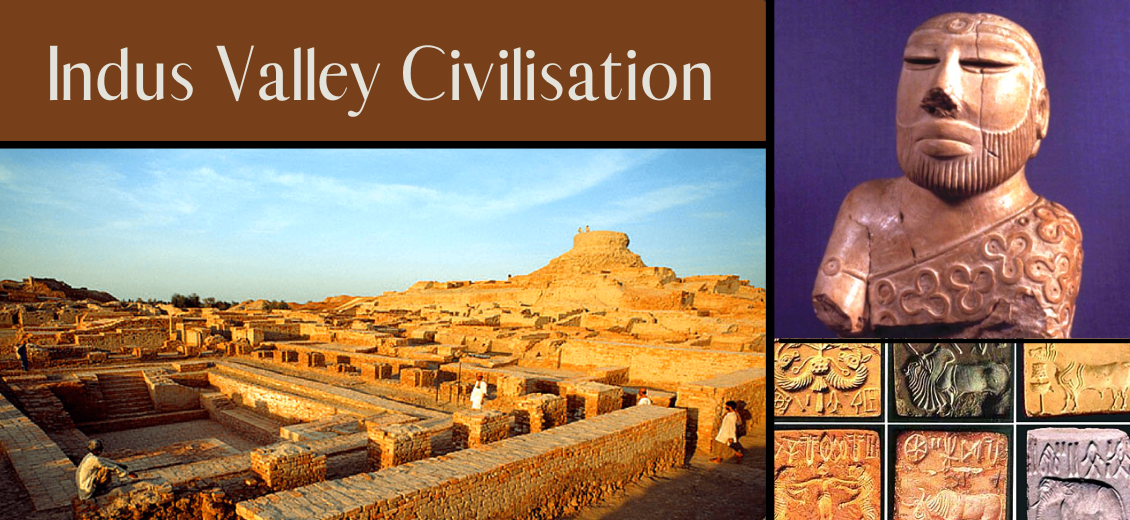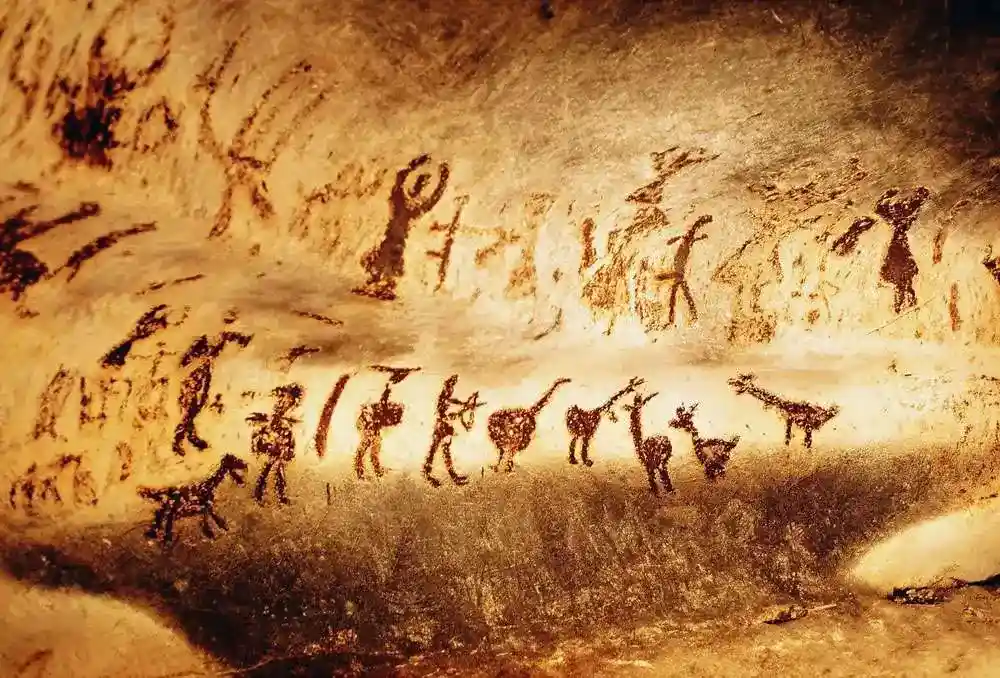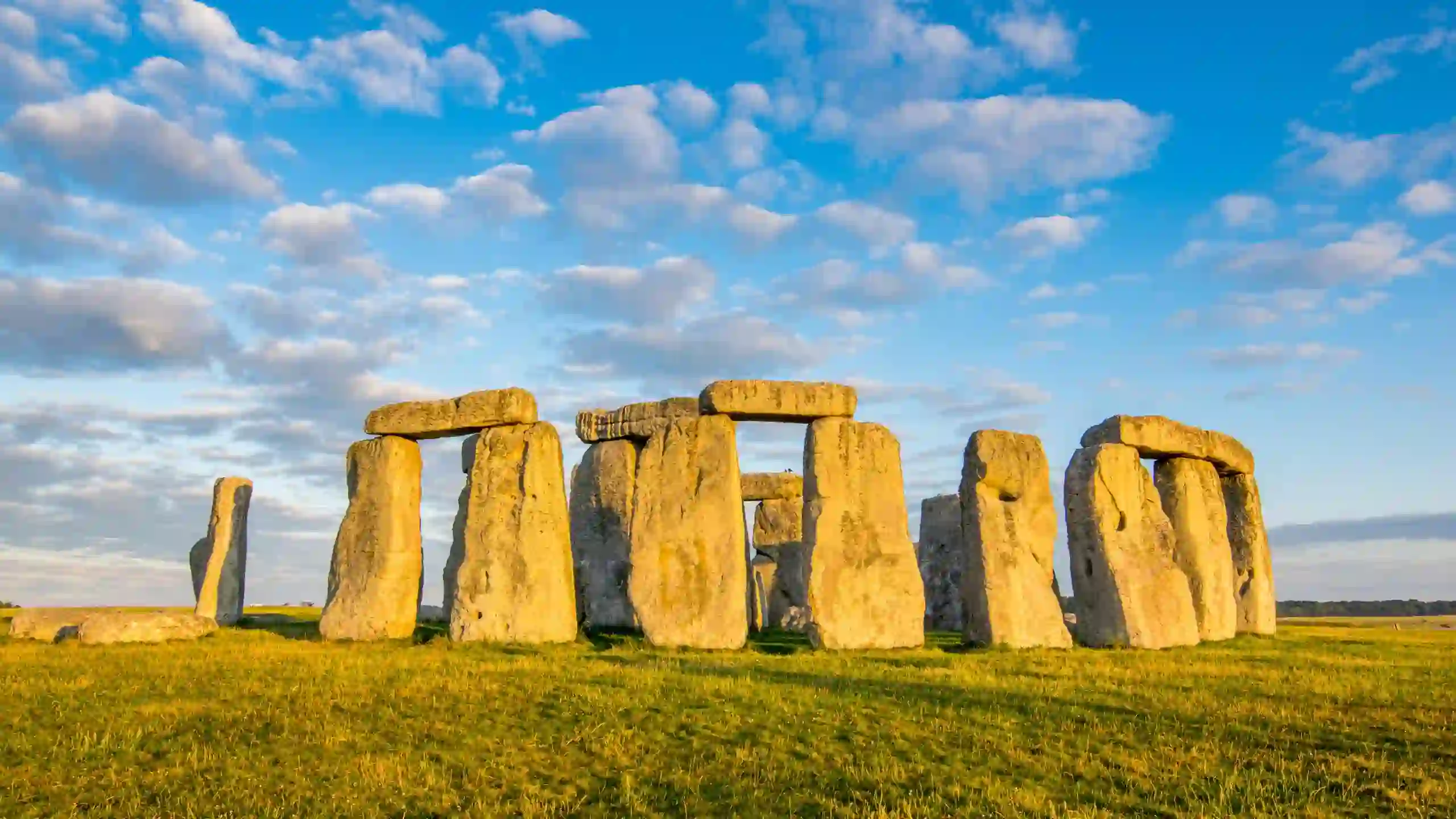Exploring the Indus Valley Civilization: The Indus Valley Civilization (IVC), one of the world’s oldest urban cultures, continues to fascinate historians, archaeologists, and ancient history enthusiasts. Flourishing from 3300 BCE to 1300 BCE in what is now Pakistan and northwestern India, the civilization was known for its advanced urban planning, impressive architecture, and complex social structures. In this article, we explore the wonders of the Indus Valley Civilization, shedding light on its historical significance, and the intriguing mysteries that remain.
Origins of the Indus Valley Civilization:
The Indus Valley Civilization flourished in the fertile plains of the Indus River, which flows through modern-day Pakistan and northwestern India. Its earliest settlements are believed to have been established around 3300 BCE, marking the beginning of a civilization that spanned 700,000 square kilometers. This vast region encompassed numerous cities, with Harappa and Mohenjodaro being the most prominent urban centers.
The IVC had the potential to grow rapidly due to the region’s favorable climate, rich agricultural land, and access to water resources provided by the Indus River. The strategic location also enabled trade networks with ancient civilizations such as Mesopotamia, further increasing the wealth and influence of the IVC.
Urban planning and architecture of the Indus Civilization:

One of the most notable aspects of the Indus Civilization is its sophisticated urban planning. Cities such as Harappa and Mohenjodaro were meticulously planned, demonstrating an advanced understanding of architecture and engineering. The cities had grid-like street layouts, with wide streets intersecting at right angles, creating a well-organized urban environment.
Houses in these cities were built using baked bricks, which were more durable than traditional mud bricks. Most houses had courtyards, bathrooms, and advanced drainage systems, indicating a high level of civic awareness. Some even had private wells, highlighting the importance of water management in this ancient society.
In addition to residential areas, the Indus Valley Civilization boasted public structures, including granaries, storehouses, and assembly halls. For example, the Great Bath at Mohenjo-daro was a large, carefully constructed pool that was likely used for ritual or religious purposes. This is just one example of the architectural sophistication of the IVC.
The Mystery of the Indus Valley Script:
Despite the grandeur of the Indus Valley Civilization, one of its most puzzling features is its undecipherable script. The Indus script, found on seals, pottery, and other artifacts, consists of a series of symbols that represent an ancient language. However, despite many attempts, no one has yet been able to translate the script with certainty.
This has given rise to various theories about the nature of the Indus Valley Script. Some scholars suggest that it may have been a form of proto-writing, while others believe that it was a fully developed writing system. The inability to decipher this script means that much of the social, religious, and political structure of the IVC remains a mystery.
Trade and Economy in the Indus Valley Civilization:
The Indus Valley Civilization was an economically advanced society, with evidence of extensive trade within the region and with distant lands. Archaeological finds suggest that the IVC traded goods such as beads, textiles, and pottery with neighboring civilizations such as Mesopotamia. Items such as lapis lazuli, a semi-precious stone, have been found in the IVC, indicating long-distance trade connections.
Agriculture played a central role in the economy, with the fertile plains of the Indus Valley supporting the cultivation of wheat, barley, and cotton. The civilization also practiced animal husbandry, with evidence of domesticated cattle, goats, and buffalo.
Decline and Fall: What Happened to the Indus Valley Civilization:
The decline of the Indus Valley Civilization has been one of the mysteries of history. Around 1900 BC, many of the major cities began to show signs of abandonment, and by 1300 BC the civilization had largely disappeared. Several theories have been proposed to explain the decline, including environmental factors such as climate change, changes in the course of the Indus River, or invasion by outside forces.
Although no specific cause has been identified, it is clear that the decline of the civilization was gradual rather than a sudden catastrophic event. The decline of the IVC led to the emergence of new cultures in the region, but its legacy continues to influence modern-day civilizations.
The Indus Valley Civilization is one of the most fascinating ancient cultures ever discovered. Despite the many mysteries surrounding it, the civilization’s achievements in urban planning, trade, and engineering have had a lasting impact on the development of human society. As more archaeological discoveries come to light, the secrets of the Indus Valley Civilization may one day be fully revealed, further enriching our understanding of ancient history.
Read Also: The Fascinating World of Underwater Archaeology
![]()






One thought on “Exploring the Indus Valley Civilization”